
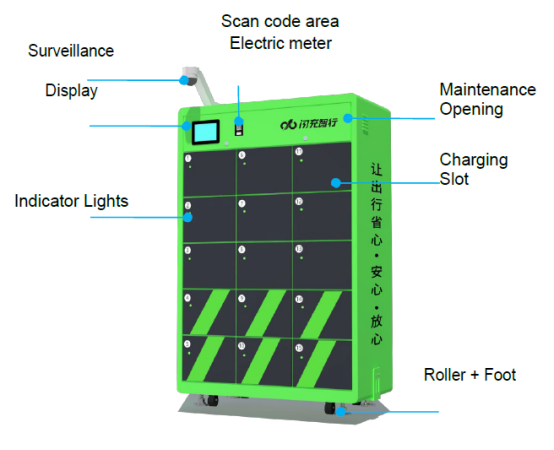
For over 14 years, I've been on the front lines of the lithium battery industry, not just as a manufacturer, but as an engineer passionate about innovation. I've seen technologies come and go, but nothing has excited me more than the revolution currently underway in electric vehicle (EV) charging. If you are a business owner operating a fleet of vehicles—whether for logistics, food delivery, or urban mobility rentals—you understand that efficiency isn't just a goal; it's the lifeblood of your operation. This article is written for you. We are going to take a deep dive into battery swap technology, a solution that eliminates range anxiety and charging downtime. Forget waiting for hours; we're talking about a full "recharge" in under a minute. This guide will provide a clear, no-nonsense look at how this ecosystem works, why it's a financially superior model to traditional charging, and what you, as a decisive business leader, should look for in a technology partner.
At its most fundamental level, battery swap technology is a beautifully simple concept designed to solve a complex problem. Instead of plugging an electric vehicle into a charging station and waiting for the battery to recharge, a user simply swaps their depleted battery for a fully charged one. The entire swap process is designed to be as fast, if not faster, than refueling a conventional gasoline vehicle. For an electric scooter or motorcycle, this swap can be completed in less than 60 seconds.
Imagine a vending machine, but for EV batteries. A rider with a low battery pulls up to a battery swap station. Through a simple app on their phone, they identify themselves, and the swap station automatically opens a bay containing a fresh, fully charged battery. The rider takes out their depleted battery, places it into an empty charging bay in the station, and takes the new battery. They slot the fully charged one into their vehicle and are on their way. The station then takes over, safely and efficiently charging the returned battery so it’s ready for the next user. This quick battery exchange eliminates the long charging times that have long been a barrier to the mass adoption of electric vehicles.
For a commercial operator, the most critical metric is uptime. Every minute a vehicle is tethered to a wall for traditional charging, it's not earning revenue. This is the fundamental flaw of conventional charging for high-use commercial applications. Battery swapping allows fleets to operate with near-continuous uptime, a game-changer for industries like delivery services and shared mobility. The difference in operational efficiency is stark.
Let's compare the two approaches directly. As a procurement officer, you appreciate clear data, so here’s a breakdown:
| Factor | Traditional Charging Methods | Battery Swap Technology |
|---|---|---|
| Refueling Time | 3-8 hours | < 1 minute |
| Vehicle Downtime | High; creates major operational bottlenecks. | Negligible; vehicles are always ready to go. |
| Range Anxiety | High; riders worry about finding a charger and the long charging wait. | Eliminated; a swap is faster than a coffee break. |
| Battery Health | Prone to battery degradation from inconsistent charging habits (e.g., constant fast charging). | Optimized; batteries are charged in a controlled environment, extending battery life. |
| Infrastructure | Requires one charging point per vehicle, consuming space and electricity. | A single swap station can service dozens of vehicles per hour. |
The conclusion is clear. While traditional ev charging is suitable for a personal electric car that can be charged overnight, it is an operational handicap for a commercial fleet. The battery swap model provides the speed and convenience of gasoline refueling but with the economic and environmental benefits of electric mobility. It is the key to unlocking the full potential of commercial EVs.
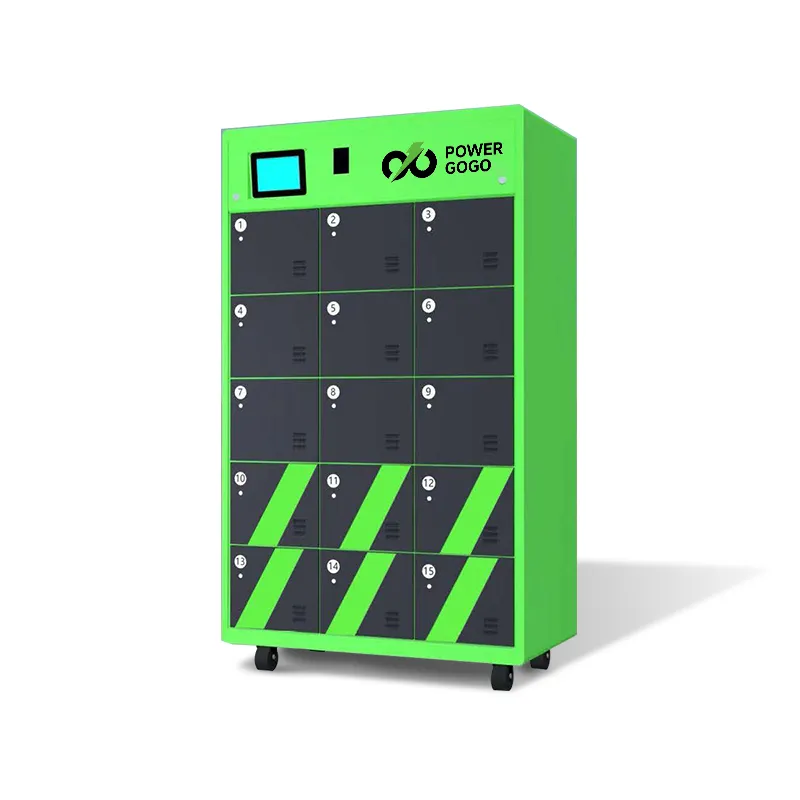
The impact of battery swapping goes beyond a single vehicle or a single fleet. When you deploy a network of swap station locations across a city, you are building a new kind of charging infrastructure that can fundamentally reshape urban mobility. This network creates a robust and reliable ecosystem that benefits riders, businesses, and the city itself. For riders, it means freedom and confidence. They no longer need to plan their routes around charging station locations or worry if a public charger will be available or functioning. A dense network of swap points makes using an EV as convenient as a gasoline vehicle.
This has a profound effect on the adoption of electric two-wheelers and other light EVs. For delivery services and logistics companies, it means faster delivery times and wider service areas. For shared mobility services, it means their electric scooter fleet has higher availability, leading to more rides and greater revenue. This enhanced efficiency makes the entire urban mobility landscape more dynamic. Furthermore, this swapping technology promotes greater sustainability. Centralized charging at a swap station can be better managed to draw power from the grid during off-peak hours or even integrate with renewable energy sources. This smart energy use helps reduce the strain on the city's power grid and lowers the overall carbon emission footprint, contributing to a greener future for our urban areas.
As a business owner, I know you understand the danger of a weak link in a supply chain. A battery swap solution is no different. It's an ecosystem, and its strength is determined by the quality of its individual components working in harmony. A piecemeal approach, buying a battery from one supplier and a swap station from another, is a recipe for headaches and failure. A true partner provides an integrated, end-to-end solution.
Here are the four pillars of a successful battery swap ecosystem:
When these four components are designed and built by a single, technology-driven supplier, you eliminate compatibility issues and gain a powerful, reliable, and scalable business tool.

This is a critical question, and the answer is a firm no. You cannot simply take any EV battery and use it in a swap station. Swappable batteries are purpose-built. They require standardized battery designs, robust connectors rated for thousands of mating cycles, and a physical form factor that is easy for a user to handle. This move towards standardization is crucial for the adoption of swapping technology, as it allows various EV models to use the same swap station network.
Beyond the physical design, the internal chemistry—the battery type—is paramount. The two leading battery technologies are NMC (Lithium Nickel Manganese Cobalt Oxide) and LFP (Lithium Iron Phosphate). While NMC offers higher energy density (more power in a lighter package), LFP is superior for most commercial battery swap applications due to its exceptional safety and longevity. LFP batteries are far more thermally stable, reducing risk, and can often endure 3,000-6,000 charge cycles before significant battery degradation occurs. This durability is essential for a battery that will be swapped and used intensively every single day. The focus on LFP is a key part of the advancements in battery technology that make the battery swap model so commercially viable.
One of the most overlooked benefits of a battery swap ecosystem is its positive impact on battery management and health. When individual riders are responsible for charging and battery care, the results are often inconsistent. They might use an incorrect charger, leave the battery in a hot car, or constantly fast charge it, all of which drastically shorten the battery's lifespan and can pose safety risks.
A battery swap station solves this problem by centralizing and optimizing the charging process. When a user returns a depleted battery to the swap station, the station's internal system assesses the battery's state—its temperature, voltage, and overall health. It then applies a precise, multi-stage charging algorithm designed to charge the battery in the most efficient and gentle way possible. The environment inside the swap station is climate-controlled, protecting the battery from extreme temperatures. This careful battery management can dramatically extend battery life, ensuring you get the maximum value from your asset. This focus on controlled charging is a core principle that companies like Sun Mobility have also used to build trust in their battery swap networks.
Absolutely. In fact, the two-wheeler market is the primary driver of the global battery swap boom. In the dense urban areas of Asia, Europe, and now increasingly in the Americas, electric two-wheelers are the backbone of the last-mile delivery and shared mobility industries. For these high-utilization fleets, the value proposition of a sub-one-minute swap is undeniable. The market data backs this up enthusiastically. The global battery swap market is projected to grow at a staggering rate, with the light mobility sector leading the charge.
This rapid adoption is fueled by several factors. Governments are offering incentives for EV adoption to promote sustainability. Fleet operators are realizing the immense operational cost savings. And advancements in battery technology are making the systems more reliable and affordable than ever. We are past the pilot stage; this is a proven, scalable, and profitable business model. As an experienced supplier with a presence in markets like Indonesia and Vietnam, I have personally seen this transition to electric mobility accelerate dramatically once a reliable battery swap charging infrastructure is in place.
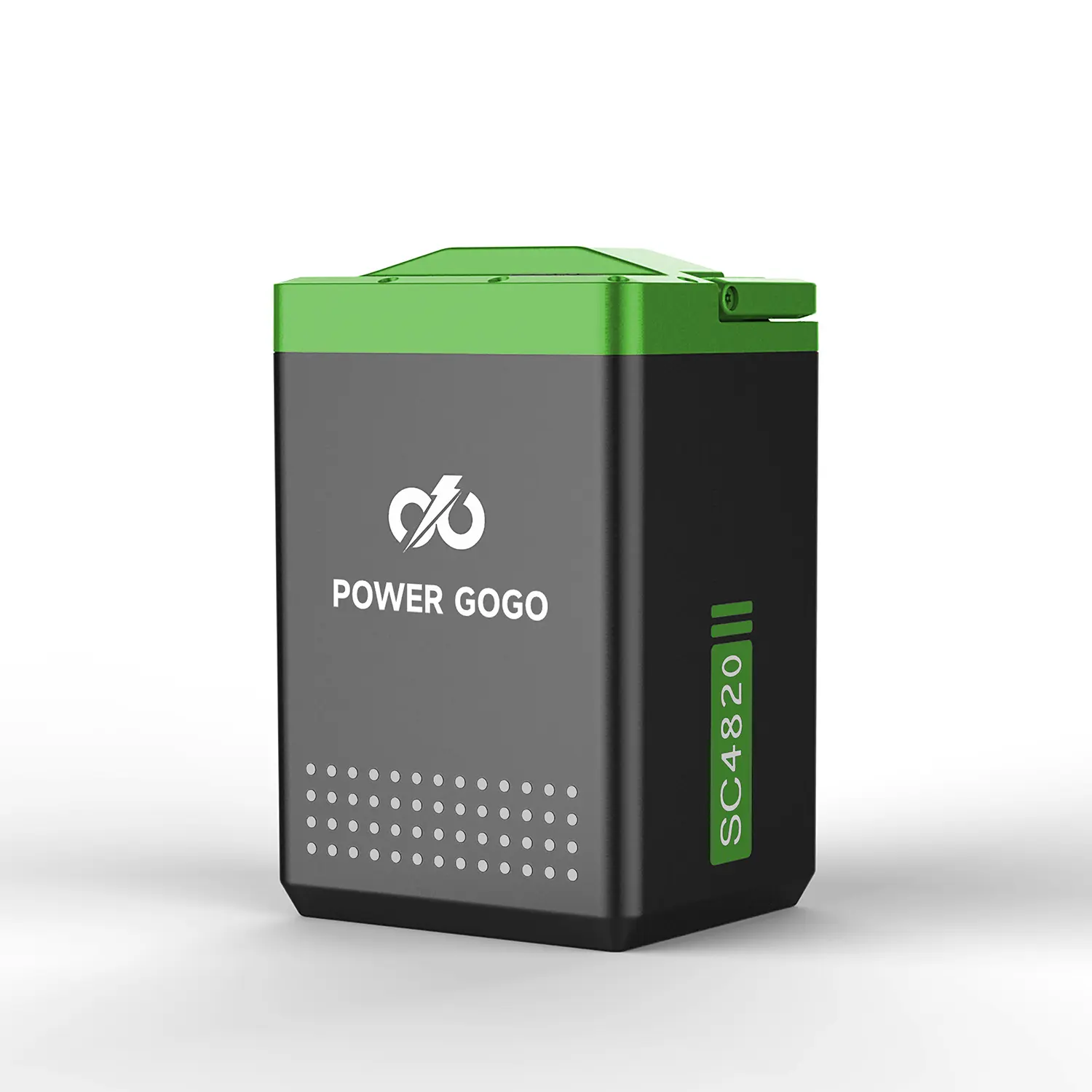
Let's talk directly about your bottom line. The two biggest enemies of a fleet operator are downtime and unpredictable costs. Swapping technology directly attacks both. As we've established, virtually eliminating charging time means your vehicles and riders are on the road generating revenue, not waiting by a power outlet. This boost in productivity can be massive. A single driver can complete more deliveries or serve more clients in a shift, directly increasing your top-line revenue.
On the cost side, the benefits are equally compelling. Firstly, the "Battery as a Service" (BaaS) model, which is often paired with battery swapping, changes the entire economic model of battery ownership. Instead of a large upfront capital expenditure to purchase a battery for every vehicle, the cost of battery becomes a predictable, recurring operational expense. This preserves your capital for other growth initiatives. Secondly, centralized battery maintenance within the swap station reduces your repair and battery replacement costs. Because each battery is professionally managed and charged, its lifespan is maximized, delivering a lower total cost of ownership over the life of your fleet. This is how battery swapping could fundamentally improve the financial performance of your operations.
Mr. Davis, your own business experience has taught you that the quality of your supplier is paramount. My clients in the USA and Spain share your concerns about quality, communication, and reliability. Choosing the right partner for your battery swap ecosystem is the single most important decision you will make. Here are the non-negotiables you should demand from any potential provider:
At Power-gogo, our mission is to be the engine that drives the future of electric mobility. We achieve this by providing a comprehensive, reliable, and intelligent battery swap solution that addresses the real-world needs of commercial fleet operators. We have spent over a decade perfecting our battery technologies and integrating them into a seamless ecosystem. We control the entire process, from the chemistry inside the battery cells to the user interface on the cloud platform.
This vertical integration means when you partner with us, you are not just buying hardware. You are investing in a complete operational solution backed by years of engineering expertise. We work with you to understand your needs and configure a system—from the right battery models to the number of swap station bays—that is perfectly tailored to your business. Our success is measured by your success, by the efficiency of your fleet and the growth of your business. We are not just a supplier; we are your partner in building a more efficient, profitable, and sustainable operation. This is the commitment we bring to every client, from a small electric scooter rental in Spain to a large logistics fleet in Indonesia.
The world of electric mobility is moving fast, and battery swap technology is at the forefront of this change. Here are the essential points to take away:
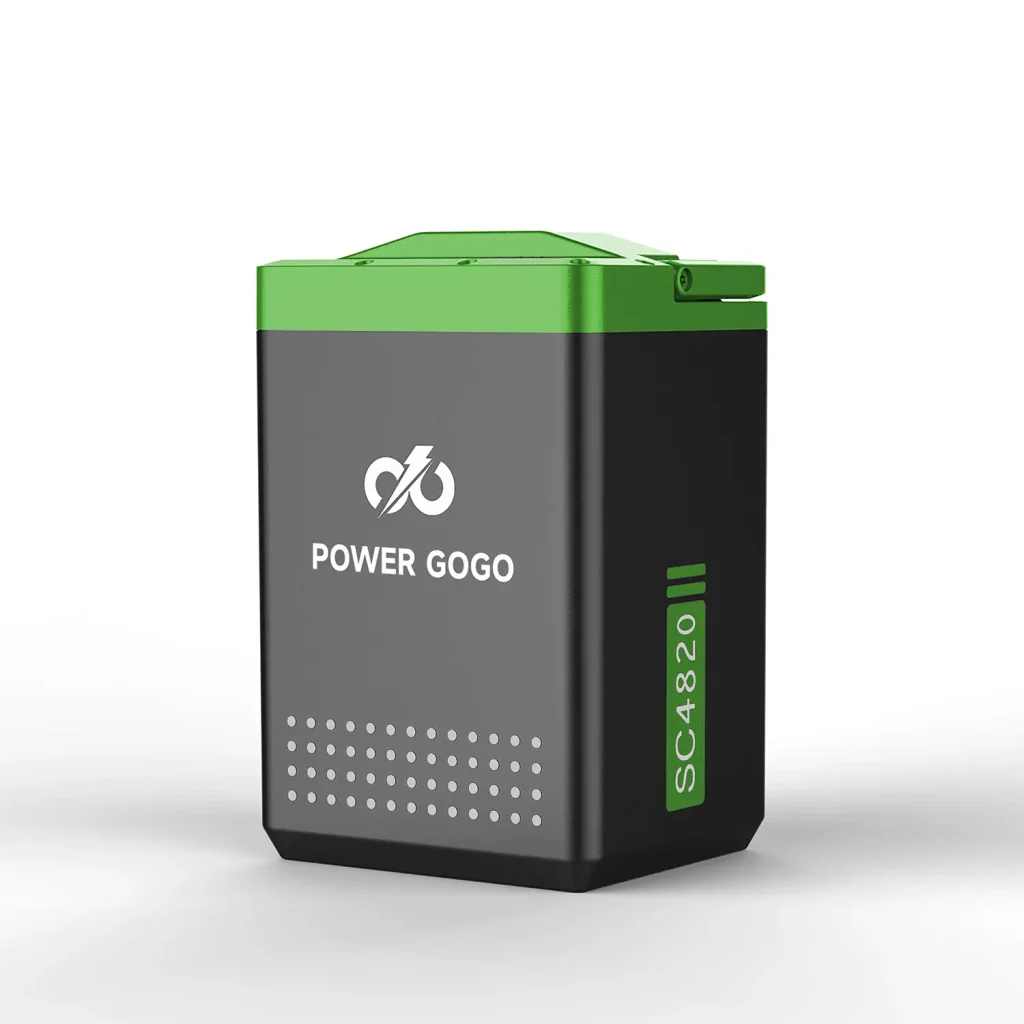
Specification No. Item Parameters R...
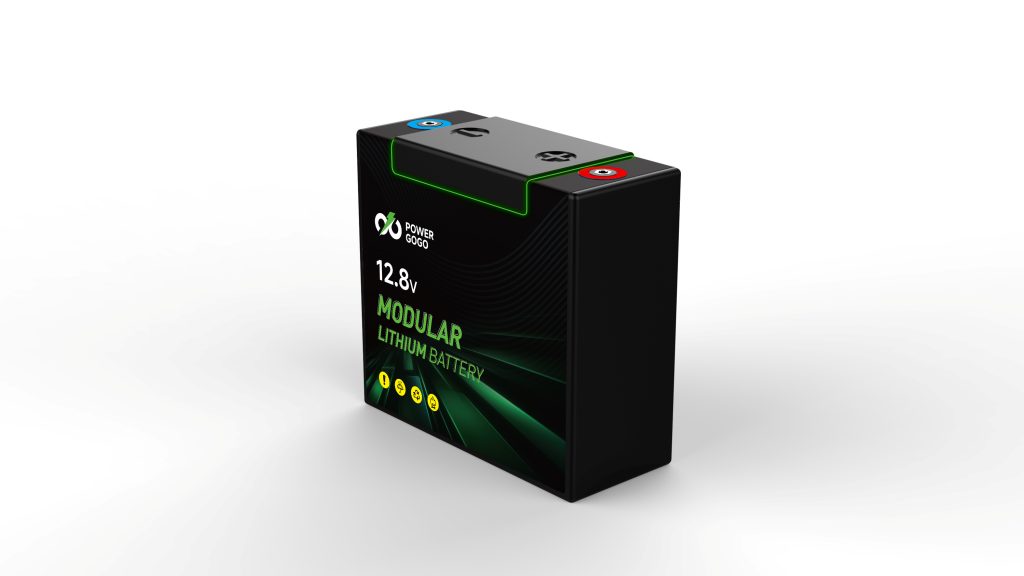
Specification No. Item Parameter ...

Product Appearance Specification Na...